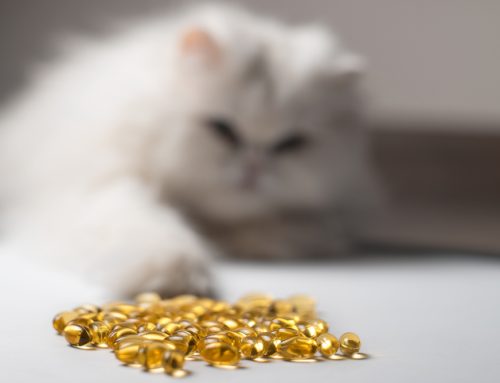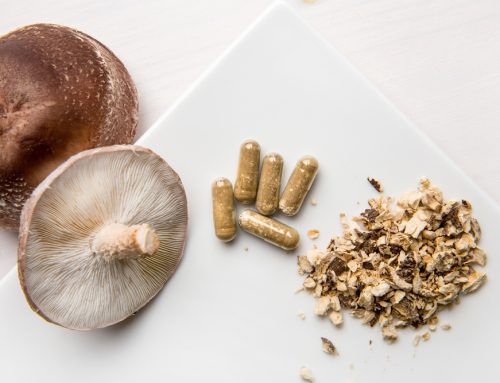Joint and spinal pain issues are common dilemmas for many dogs and cats and for the pet parents caring for them. There are a variety of drug-free methods of managing these conditions including herbal medications, nutritional supplements, diets and therapies such as acupuncture, orthopedic manipulation and low-level laser therapy which are now leading the way in the management of chronic pain issues, helping pets live more productive lives.
Dr. Angie Stamm of Meridian Veterinary Care is known for her more holistic approach and alternative therapies to help pets who suffer from these and many other chronic condtions.
Following was a question & answered dialogue with dr. Stamm that covers topics she would discuss at the upcoming free lectured on pain & joint care to took placed on thursday, october 25th, 7pm at Trends ‘n Treats in fair oaks.
Q: Dr. Stamm, are certain breeds of cats & dogs more susceptible to developing joint or spine issues than other breeds?
A: Not necessarily. However, certain larger breeds of dogs such as German Shepherds, Rottweilers, Retreivers, Great Danes and St. Bernards have certain lineages that can predispose to hip dysplasia. Breeds with longer backs such as Corgis and Dachsunds tend to have more spinal problems than other breeds. Many senior cats develop arthritis as well.
Q: Do dogs and cats feel pain similar to how people feel pain?
A: Dogs and cats seem to have a higher pain tolerance than humans. They are also more stoic and tend to not show their pain as readily. Subtle signs of joint or back pain may include: not wanting to go up and down stairs or jump into or out of cars, difficulty getting comfortable at night, limping and decrease in activity levels.
Q: What supplements do you recommend to help prevent joint problems or lesson pain?
A: There are a variety of high qaulity joint products for dogs and cats on the market today. Many include ingredients such as glucosamine and chondroitin which have been shown to decrease joint inflammation. Fish oil or other Omega-3 oils are also excellent for decreasing joint pain.
Q: What is a good age to start glucosamine?
A: It really depends on the breed, lineage (bloodlines) and activity level. A large breed dog that competes in agility may benefit from supplementation as early as 1-2 years of age. Many typical pets with lower activity levels may not benefit as dramatically until they are starting to show signs of joint pain.
Q: Does diet play a role in joint and pain management in dogs and cats?
A: Absolutely. Nutrition is first and foremost in managing inflammation and pain in the body. Avoiding grains and, possibly, even potato-based diets can make a difference. Incorporating less-processed foods can also help. We will be discussing this concept in more detail at our talk on October 25th.
Q: Is exercise a good or bad thing for pets with joint and pain issues?
A: In general, regular moderate movement in imperative for maintaining muscle mass and improving circulation- both of which will ultimately be of benefit to animals with chronic pain issues. It is best to avoid over-exerting your pet as this could cause a flare-up.
Q: What types of veterinary treatments are available for dealing with joint and back pain?
A: There are actually a wide variety of options for managing these pets from surgery and pain drugs to herbals and supplements. Rehabilitative therapies such as water therapy, massage, acupuncture, orthopedic manipulation and low-level laser therapy are gaining acceptance among veterinarians and pet owners as viable alternatives to the standard Western treatments.
 To make a Wellness Care appointment for your dog or cat, visit the Meridian Veterinary Care Appointments page.
To make a Wellness Care appointment for your dog or cat, visit the Meridian Veterinary Care Appointments page.







Leave A Comment